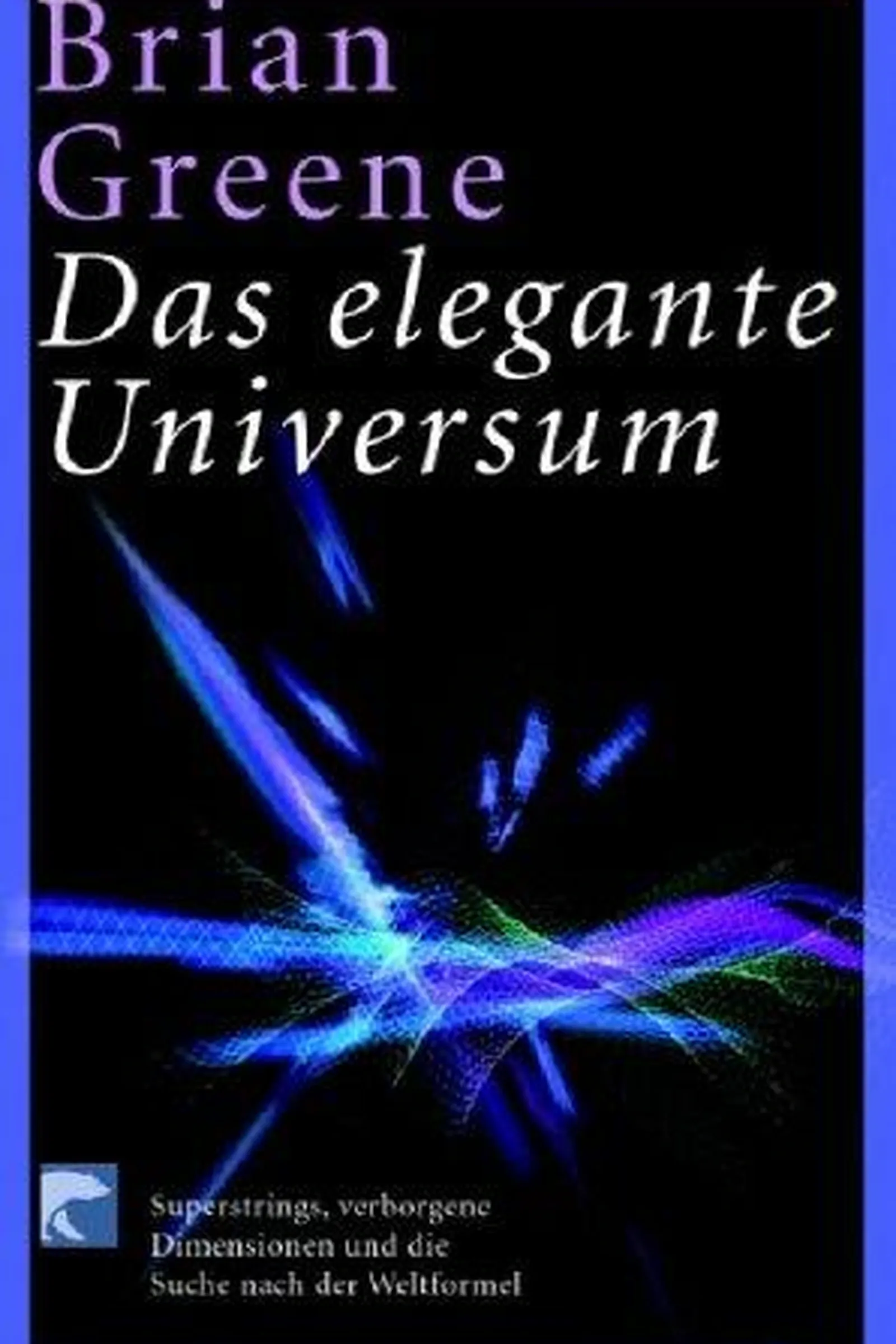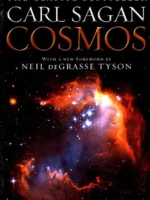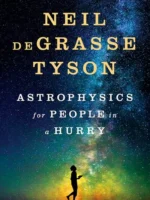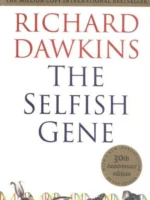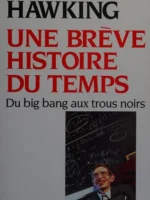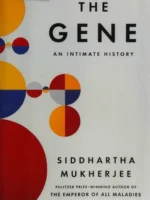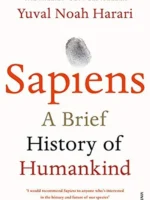The Elegant Universe, Brian Greene, 1999
- Author: Brian Greene
- Genre: Science
- Publisher: W. W. Norton & Company
- Publication Year: 1999
- Pages: 320
- Format: Paperback
- Language: English
- ISBN: 978-0393338102
- Rating: 4,2 ★★★★☆
The Elegant Universe Review
About
Published in 1999, Brian Greene’s The Elegant Universe is one of the most celebrated introductions to string theory and modern physics. It bridges deep science and vivid metaphor, translating quantum mechanics and relativity into language that both dazzles and enlightens. Greene writes with the precision of a physicist and the awe of a storyteller, showing how the universe might be woven from vibrating strings of energy—an elegant solution to nature’s most profound puzzles.
Overview
The book explores the quest to unify Einstein’s general relativity with quantum mechanics—two theories that describe the cosmos but refuse to coexist peacefully. Greene introduces readers to the strange world of higher dimensions, parallel universes, and vibrating strings that may constitute everything in existence. The narrative is structured as both a primer on 20th-century physics and a journey into speculative frontiers, with clarity that makes the incomprehensible thrillingly close.
Summary
(light spoilers) Greene begins by explaining Einstein’s revolution in space and time, then dives into quantum uncertainty and the paradoxes it creates when combined with gravity. String theory emerges as a possible unifying framework, proposing that all particles are loops of vibrating string. Later chapters examine M-theory, multiple dimensions, and the cosmic implications of symmetry. While Greene admits that experimental confirmation is still elusive, he frames the pursuit as a human story—a blend of imagination, beauty, and intellectual risk. By the end, readers feel the allure of physics not as equations, but as poetry of reality.
Key Themes / Main Ideas
• Unity — the search for one theory to explain everything.
• Beauty in science — elegance as a guide to truth.
• Imagination — theory as creative art.
• Limits of knowledge — humility before the unknown.
• Wonder — curiosity as humanity’s purest impulse.
Strengths and Weaknesses
• Strengths — Brilliant metaphors; deep yet accessible explanations.
• Strengths — Balances rigor with awe; inspires curiosity.
• Weaknesses — Requires patience; the later chapters verge on speculative.
• Weaknesses — Some analogies simplify complex math, but for good reason.
Reviewed with focus on themes, audience, and takeaways — Brian Greene
| pa_author | Brian Greene |
|---|---|
| ISBN | 978-0-314-84016-9 |
| pa_year | 1989 |
| Pages | 224 |
| Language | English |

